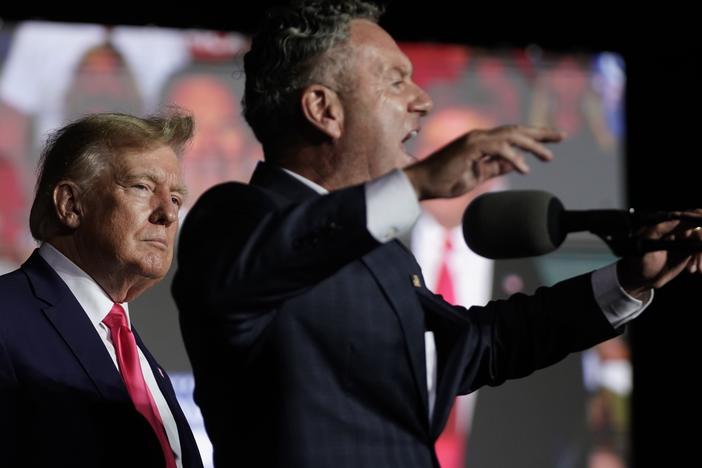Section Branding
Header Content
It's primary day in Vermont. Why do voters there choose a governor every 2 years?
Primary Content
Updated August 10, 2022 at 12:58 PM ET
Tuesday, there are primaries for governor in Connecticut, Minnesota, Wisconsin and Vermont. Three of those states hold elections for governor every four years. That's the norm. But Republican Gov. Phil Scott, in Vermont, is running for his fourth term after first being elected in 2016.
There are several reasons why Vermont and New Hampshire are the last two states to keep a two-year term. There's a sense with some voters that they want the opportunity to review how a governor is doing every two years.
Some believe there's a benefit to having a governor address current issues and defend their priorities in a statewide campaign every two years. If something bad takes place — let's say, a scandal of some sort or an unexpected development that becomes a dominant issue for the state — then voters have a chance to give the incumbent either a vote of confidence or vote them out of office.
It's worth noting that unlike some states, Vermont does not have a recall process to remove a governor from office, so the two-year term serves as a method of accountability.
It also requires a constitutional amendment to change to a four-year term, and that's a very long, difficult process.
The two-year term has been on the minds of lawmakers for more than 100 years.
Vermont actually went to a two-year term in 1870, but then in 1880 there was an effort to switch back — but it failed. Since 1880, there have been nearly 20 efforts to amend the Vermont constitution to expand the governor's term to four years. All attempts have been unsuccessful.
There's more to this story at Vermont Public
Copyright 2022 Vermont Public. To see more, visit Vermont Public.
Bottom Content




